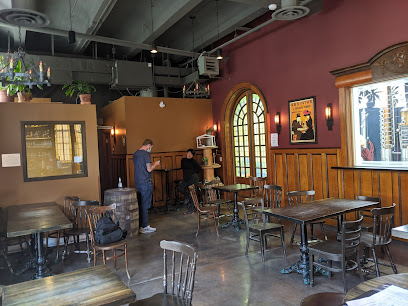
Honoring a National Hero: Louis Riel's Tomb
Explore Louis Riel's Tomb in Winnipeg, a historical landmark honoring the pivotal figure of Canadian history and the Métis nation.
Discover the serene resting place of Louis Riel, a pivotal figure in Canadian history, located in the charming neighborhood of Saint Boniface, Winnipeg. This historical landmark offers a peaceful atmosphere for reflection and appreciation of Riel's contributions to the Métis nation and Canadian Confederation.
A brief summary to Louis Riel's tomb
- 620 Langevin St, Winnipeg, Saint Boniface, Manitoba, R2H 2W2, CA
- Monday 12 am-12 am
- Tuesday 12 am-12 am
- Wednesday 12 am-12 am
- Thursday 12 am-12 am
- Friday 12 am-12 am
- Saturday 12 am-12 am
- Sunday 12 am-12 am
Local tips
- Visit early in the morning or late afternoon to enjoy a quieter atmosphere for reflection.
- Combine your visit with a stroll around the nearby gardens for a complete experience.
- Check for any local events or commemorative ceremonies happening at the tomb.
- Bring a camera; the site offers beautiful photo opportunities, especially in spring and summer.
Getting There
-
Walking
If you are starting from downtown Winnipeg, head southeast on Main Street towards the Forks. Continue straight until you reach the Forks Market, a central meeting point. From the Forks, head southeast along the riverwalk towards the Provencher Bridge. Cross the Provencher Bridge, which will lead you into the Saint Boniface area. Once across the bridge, follow Provencher Boulevard until you reach Langevin Street. Turn left (north) onto Langevin Street and walk for about 10 minutes. Louis Riel's tomb is located at 620 Langevin St, on the grounds of the St. Boniface Cemetery.
-
Public Transit
From downtown Winnipeg, you can catch bus number 60 at any of the main transit stops along Main Street. Stay on the bus for about 15 minutes. Get off at the stop near the St. Boniface Hospital on Tache Avenue. From there, walk east on Tache Avenue until you reach Langevin Street. Turn right on Langevin Street and walk a few minutes north towards 620 Langevin St, where Louis Riel's tomb is located within the St. Boniface Cemetery.
Discover more about Louis Riel's tomb
Iconic landmarks you can’t miss
Parks Canada
0.3 km
Discover Canada's natural heritage at Parks Canada Place-The Forks, your gateway to exploring national parks and wildlife in Winnipeg.
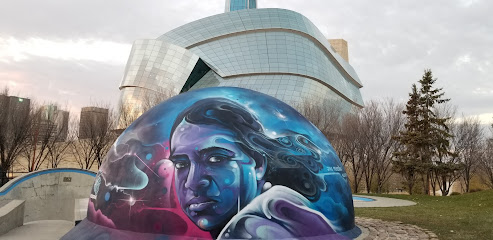
Laverendrye Park
0.4 km
Explore the peaceful Laverendrye Park in Winnipeg, Manitoba, a perfect blend of nature and culture for every traveler.

The Meeting Place
0.4 km
Discover Winnipeg's rich heritage at The Meeting Place, a historical landmark where culture and community thrive in the heart of The Forks.

Path of Time
0.4 km
Explore the Path of Time in Winnipeg, a captivating sculpture that weaves history and art into a beautiful narrative at The Forks.
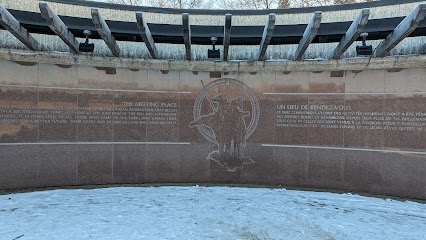
Peace Meeting Site
0.5 km
Discover the Peace Meeting Site in Winnipeg: A historical landmark that embodies the spirit of peace and reconciliation amidst stunning natural beauty.
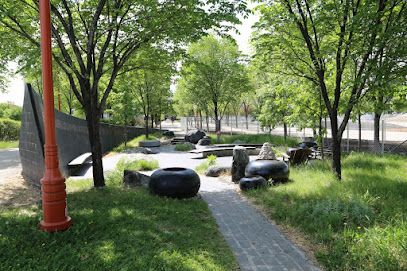
Travel Manitoba
0.6 km
Explore Winnipeg and Manitoba with comprehensive resources at Travel Manitoba, your essential tourist information center for discovering local treasures.
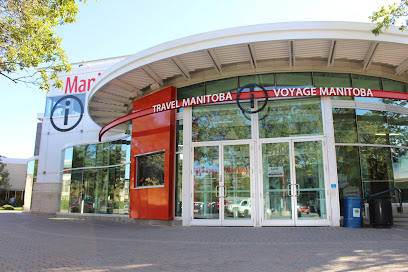
Centre Culturel Franco-Manitobain
0.8 km
Experience the vibrant culture and heritage of the Franco-Manitoban community at the Centre Culturel Franco-Manitobain in Winnipeg, a hub of art and tradition.
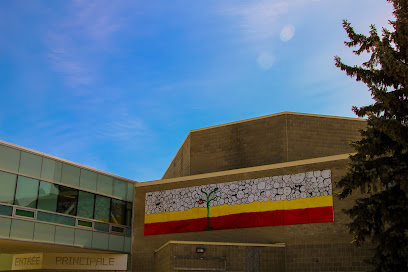
The Fort Garry Hotel, Spa and Conference Centre
1.0 km
Experience the elegance and history of The Fort Garry Hotel, a luxurious retreat in the heart of Winnipeg, perfect for any traveler seeking comfort and culture.
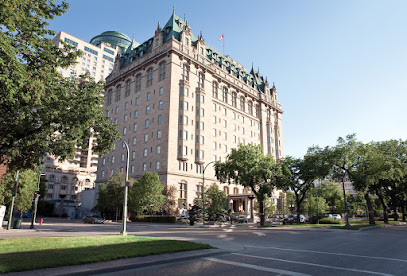
Stephen Juba Park
1.1 km
Explore Stephen Juba Park, a serene escape in Winnipeg with stunning river views, art installations, and lush green spaces perfect for relaxation and recreation.
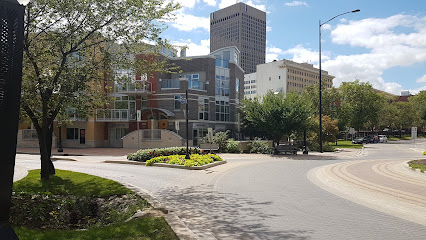
The Grain Exchange Building
1.2 km
Discover the architectural beauty and historical significance of The Grain Exchange Building, a must-visit landmark in Winnipeg's vibrant downtown.
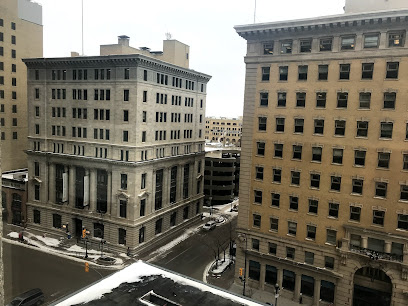
Manitoba Historical Society
1.3 km
Discover the rich heritage of Manitoba at the Manitoba Historical Society, a hub for history enthusiasts and curious travelers alike.

Winnipeg Scots Monument
1.3 km
Explore the Winnipeg Scots Monument, a beautiful historical landmark celebrating Scottish heritage in the heart of Manitoba's vibrant capital.
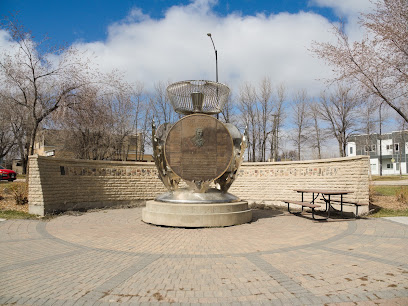
The 1919 Marquee
1.4 km
Discover the 1919 Marquee in Winnipeg, a historic landmark celebrating the pivotal labor movement that shaped Canada’s working class rights.
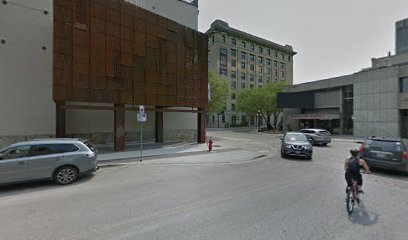
Telegram Building
1.5 km
Explore the Telegram Building in Winnipeg, a historical landmark that showcases stunning architecture and the city's rich journalistic heritage.
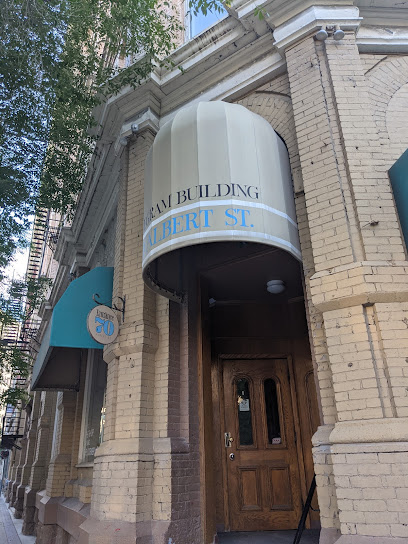
Manitoba Museum
1.5 km
Explore Manitoba's rich natural and cultural history at the Manitoba Museum in Winnipeg, featuring interactive exhibits and stunning displays for all ages.
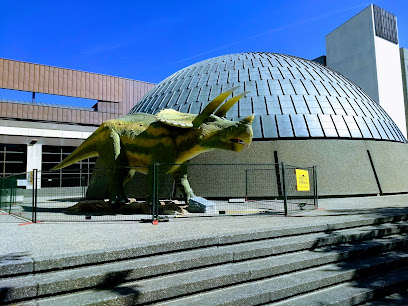
Unmissable attractions to see
Saint-Boniface or St Boniface Cathedral Cemetery
0.1 km
Explore the serene beauty and rich history of Saint-Boniface Cathedral Cemetery, a peaceful retreat in Winnipeg's cultural heart.
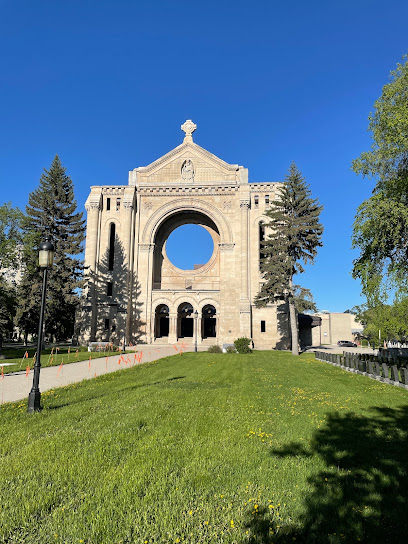
Saint Boniface Cathedral
0.1 km
Discover the stunning Saint Boniface Cathedral in Winnipeg, a masterpiece of Gothic Revival architecture and a testament to the city's rich cultural heritage.
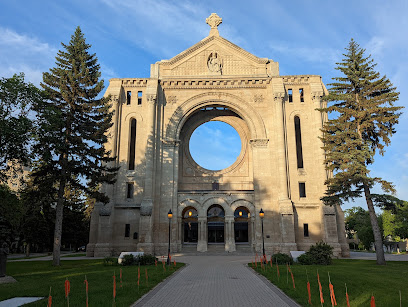
Le Musée de Saint-Boniface Museum
0.2 km
Explore the vibrant French-Canadian heritage and captivating stories at Le Musée de Saint-Boniface Museum in Winnipeg, Manitoba.
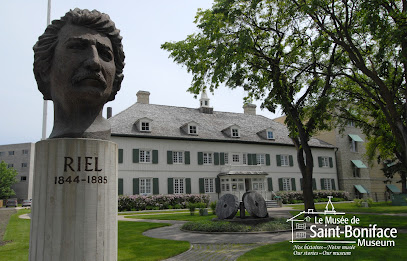
The Forks National Historic Amphitheatre
0.3 km
Experience the vibrant culture and rich history at The Forks National Historic Amphitheatre in Winnipeg, where nature and community come together.
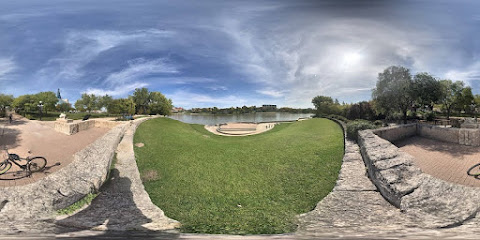
Esp. Riel
0.3 km
Explore Esp. Riel in Winnipeg, a tribute to Metis heritage with stunning river views, cultural events, and beautiful park landscapes.
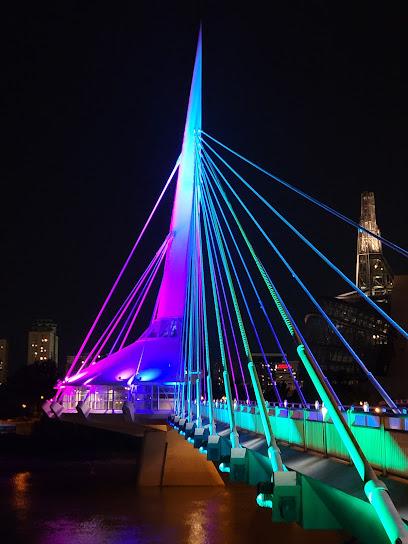
Esplanade Riel Footbridge
0.3 km
Discover the breathtaking Esplanade Riel Footbridge in Winnipeg, an architectural marvel connecting culture and nature with stunning river views.
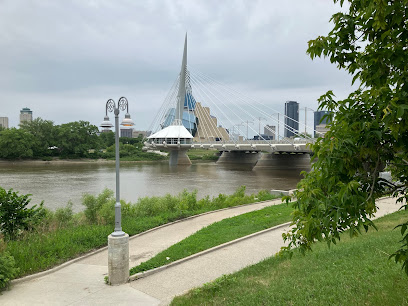
The Forks National Historic Site
0.4 km
Explore The Forks National Historic Site in Winnipeg, a vibrant intersection of culture, history, and nature at the rivers' confluence.

Children's Museum
0.4 km
Explore creativity and learning at the Children's Museum in Winnipeg, a vibrant attraction for families and young explorers.

CN Stage and Field
0.5 km
Discover the vibrant cultural scene at CN Stage and Field, Winnipeg's premier outdoor entertainment venue, nestled in the historic Forks Market area.
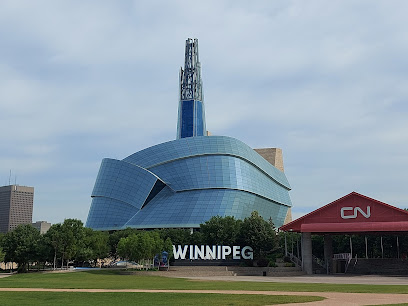
Winnipeg Sign
0.5 km
Experience the welcoming spirit of Winnipeg at the iconic Winnipeg Sign, a vibrant landmark at The Forks celebrating Manitoba's rich culture.
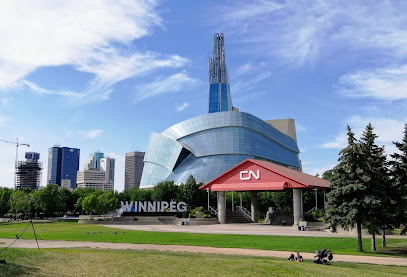
Oodena Celebration Circle
0.5 km
Discover the heart of Indigenous culture at Oodena Celebration Circle, Winnipeg's vibrant amphitheater celebrating Manitoba's rich heritage.
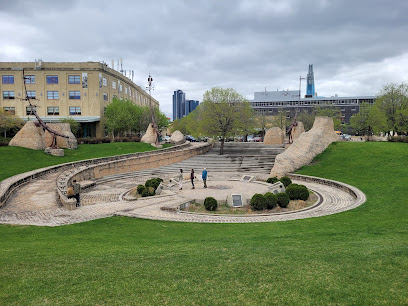
Tourist Information
0.6 km
Explore Winnipeg's vibrant culture and history at the Tourist Information Center, your essential resource for an unforgettable visit.
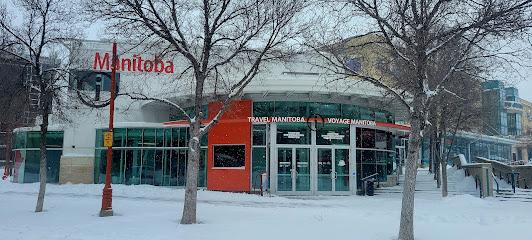
Manitoba Theatre for Young People (MTYP)
0.6 km
Discover the enchanting world of live performance at the Manitoba Theatre for Young People, where imagination takes center stage in Winnipeg.
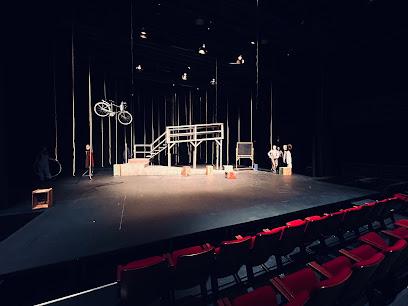
Canadian Museum for Human Rights
0.6 km
Explore the Canadian Museum for Human Rights: A profound journey into the struggles for justice and equality in Canada and beyond.
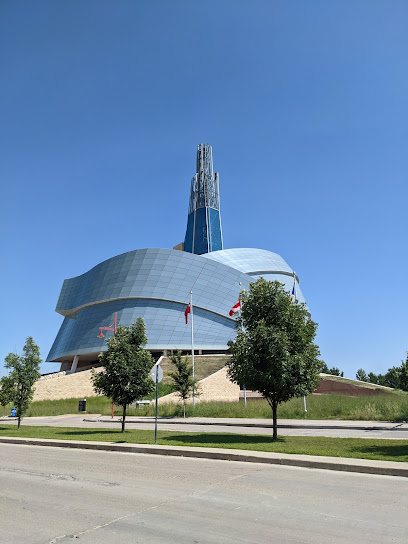
Mahatma Gandhi Statue
0.6 km
Explore the Mahatma Gandhi Statue in Winnipeg, a historical landmark celebrating peace, non-violence, and social justice in a vibrant waterfront setting.
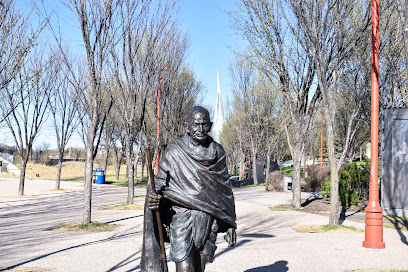
Essential places to dine
Promenade Brasserie
0.2 km
Discover the best of modern French cuisine at Promenade Brasserie in Winnipeg's vibrant Saint Boniface neighborhood.

SMITH Restaurant
0.5 km
Discover SMITH Restaurant: A Culinary Gem in Downtown Winnipeg Offering Seasonal Dishes and Exceptional Service.

The Old Spaghetti Factory (Winnipeg)
0.5 km
Experience the heart of Italy at The Old Spaghetti Factory in Winnipeg – where every meal is a celebration of flavor and tradition.
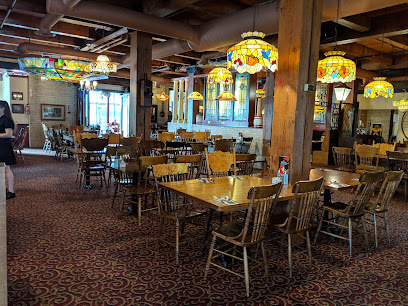
ERA Bistro
0.6 km
Experience local flavors at ERA Bistro inside the iconic Canadian Museum for Human Rights in Winnipeg – where culinary excellence meets cultural significance.
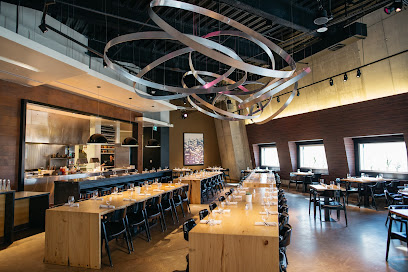
Chaise Café & Lounge
0.6 km
Experience culinary excellence at Chaise Café & Lounge in Winnipeg's Saint Boniface—where local flavors meet global inspiration.
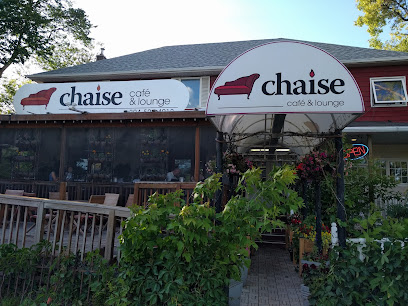
Zorba's Greek + Italian
0.6 km
Experience authentic Greek and Italian cuisine at Zorba's in Winnipeg's vibrant Forks Market area.

Nuburger
0.6 km
Discover gourmet burgers made with local ingredients at Nuburger in downtown Winnipeg - a must-try destination for burger enthusiasts.
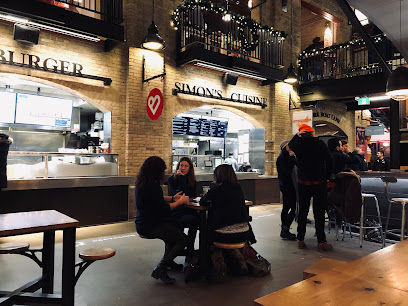
Red Ember Common
0.6 km
Discover Red Ember Common: A delightful pizza restaurant in Winnipeg offering artisan flavors and a welcoming atmosphere.
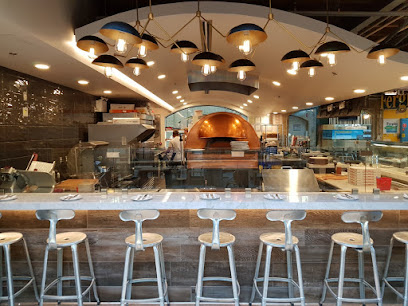
Habanero Sombrero
0.6 km
Savor authentic Mexican cuisine at Habanero Sombrero in Winnipeg's vibrant Forks Market area.
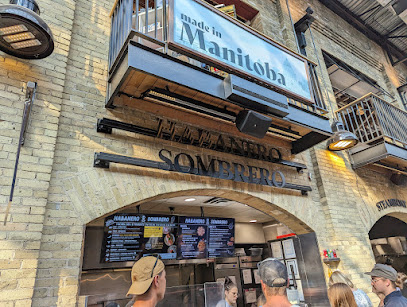
Taste of Sri Lanka Restaurant
0.7 km
Discover authentic Sri Lankan cuisine at Taste of Sri Lanka Restaurant in Winnipeg – a culinary gem offering vibrant flavors and warm hospitality.
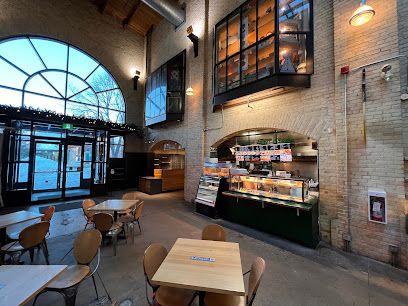
Fergies Fish N Chips
0.7 km
Discover Fergies Fish N Chips in Winnipeg – where fresh seafood meets casual dining in a delightful atmosphere.
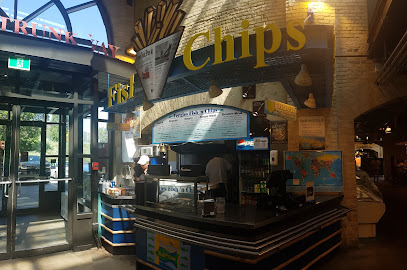
The Wood Tavern
0.9 km
Discover The Wood Tavern: A delightful restaurant and lounge in Winnipeg's Saint Boniface offering delicious cuisine and vibrant events.
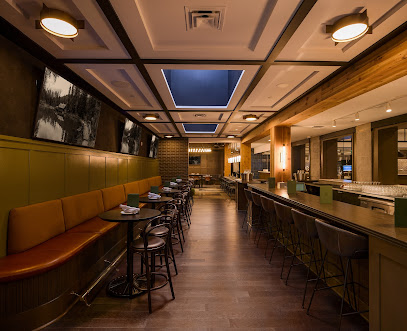
Nola
0.9 km
Discover Nola in Winnipeg: A sophisticated restaurant and wine bar offering innovative cuisine and an extensive selection of fine wines.

Resto Gare And Train Bar Bistro
0.9 km
Discover the rich flavors of French cuisine at Resto Gare And Train Bar Bistro in Winnipeg's vibrant Saint Boniface neighborhood.
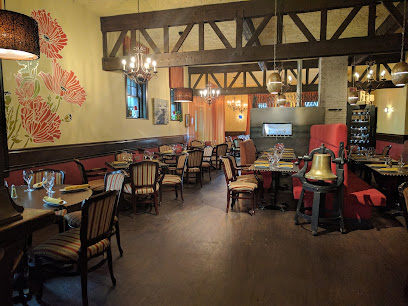
Oval Room Brasserie
1.0 km
Experience Winnipeg's culinary excellence at Oval Room Brasserie - where local flavors meet elegant dining.
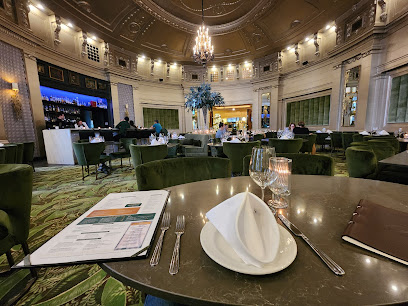
Markets, malls and hidden boutiques
Global Connections
0.5 km
Explore the stylish offerings at Global Connections, Winnipeg's premier women's clothing store, featuring fashion, accessories, and local flair.
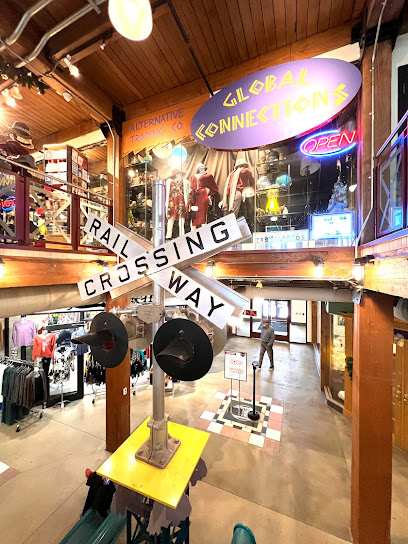
Johnston Terminal Antique Mall
0.5 km
Explore the Johnston Terminal Antique Mall in Winnipeg for a treasure trove of vintage finds and a unique shopping experience.
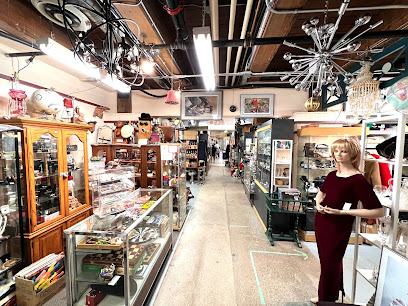
Cassiopeia
0.5 km
Explore Cassiopeia, Winnipeg's boutique haven for unique clothing and exquisite jewelry, celebrating local craftsmanship and style.
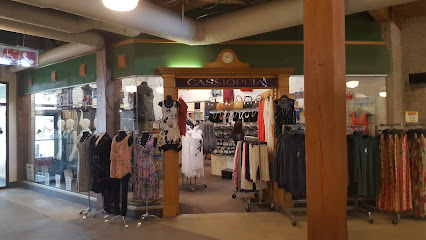
Sheila's Vintage
0.5 km
Explore Sheila's Vintage in Winnipeg for an unforgettable shopping experience filled with unique vintage clothing, accessories, and home goods.
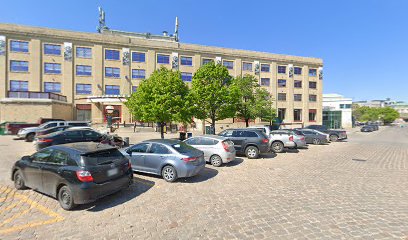
Debbie’s Vintage
0.5 km
Explore the enchanting world of vintage fashion at Debbie’s Vintage, where timeless treasures await in Winnipeg's historic Johnston Terminal.

Johnston Terminal
0.5 km
Explore Johnston Terminal in Winnipeg for a unique shopping experience filled with local culture, artisanal finds, and delicious eateries.

Mandarin International
0.6 km
Explore Mandarin International in Winnipeg for unique gifts that celebrate Chinese culture and artistry in a charming market setting.
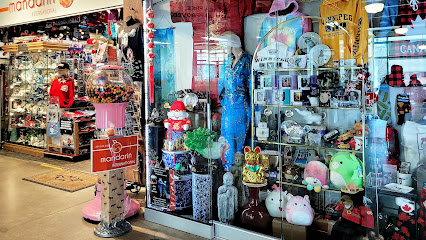
Teekca's Aboriginal Boutique
0.6 km
Explore authentic Indigenous art and crafts at Teekca's Aboriginal Boutique, a unique gift shop in the heart of Winnipeg.
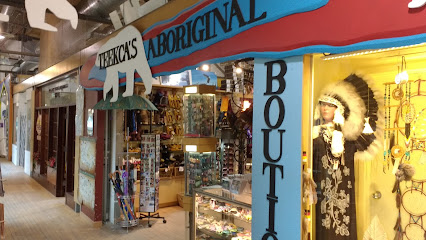
S Furs Imports
0.6 km
Explore S Furs Imports in Winnipeg for unique gifts and authentic local craftsmanship that perfectly capture the essence of Manitoba.
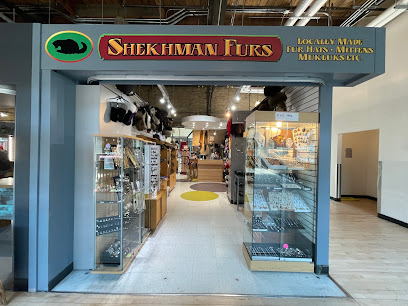
Two Rivers
0.7 km
Uncover unique gifts and local artistry at Two Rivers Gift Shop, a must-visit destination in Winnipeg's Forks Market.
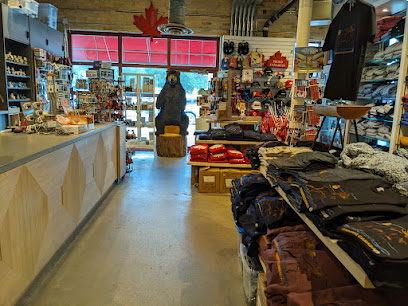
Forks Trading Company
0.7 km
Discover unique gifts and local treasures at Forks Trading Company in downtown Winnipeg, where every item tells a story.
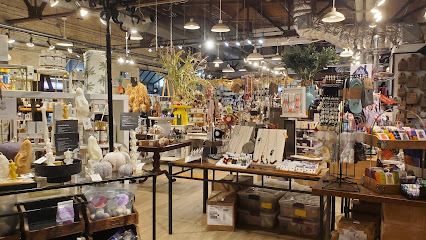
Safeway Marion & Braemar
1.0 km
Explore Safeway Marion & Braemar in Winnipeg for fresh groceries, delicious baked goods, and beautiful floral arrangements in a vibrant community setting.

L'Esprit Sage
1.2 km
Explore L'Esprit Sage, Winnipeg's charming gift shop showcasing unique local art and handcrafted treasures for the perfect souvenir experience.
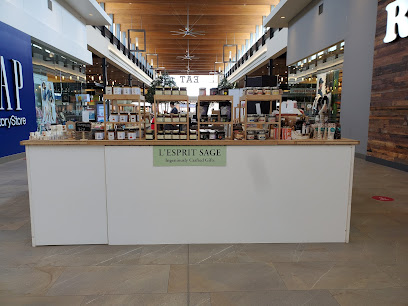
Made Here MB
1.3 km
Explore Made Here MB, Winnipeg's premier gift shop featuring unique local crafts and artisanal products that celebrate Manitoba's culture.

Nice Nice
1.4 km
Explore the heart of Winnipeg at Nice Nice, a boutique filled with unique treasures that reflect the city's vibrant culture and creativity.
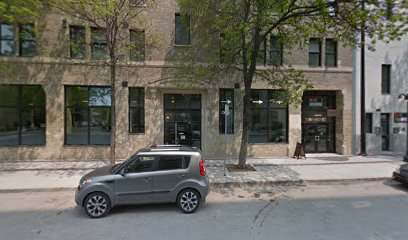
Essential bars & hidden hideouts
Pregame Sports Bar & Lounge
0.3 km
Discover the excitement of sports and vibrant dining at Pregame Sports Bar & Lounge in Winnipeg - the ultimate destination for fans and food lovers alike.
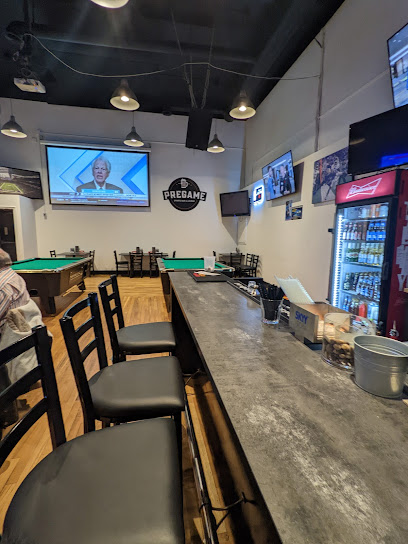
Inn at the Forks
0.5 km
Discover the perfect blend of comfort and indulgence at Inn at the Forks, Winnipeg's premier hotel, restaurant, and spa experience.

The Common
0.6 km
Experience the lively atmosphere and diverse craft beers of The Common, a must-visit bar in the heart of Winnipeg's Forks Market.
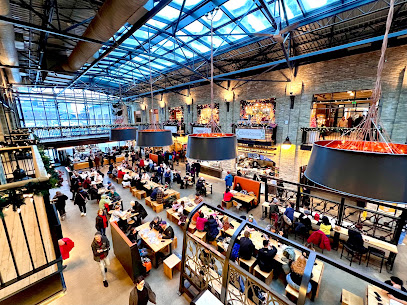
Johnny G's Restaurant & Bar
0.9 km
Discover Johnny G's Restaurant & Bar in Winnipeg for a delightful mix of great food, drinks, and live music in a vibrant atmosphere.
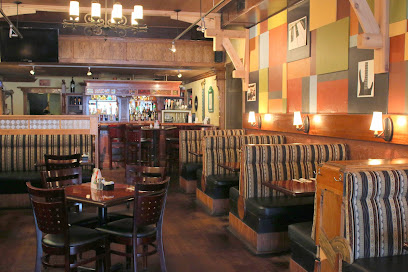
Bar Accanto
0.9 km
Discover the exquisite flavors of Bar Accanto in Winnipeg, a perfect blend of culinary artistry and vibrant atmosphere in the heart of Saint Boniface.

Provencher Lounge
1.0 km
Discover sophistication at Provencher Lounge, a top bar in Winnipeg offering crafted cocktails and local brews in a historic hotel setting.
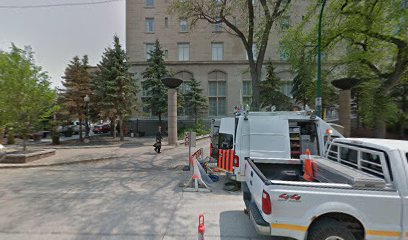
High And Lonesome Club
1.0 km
Experience the vibrant nightlife of Winnipeg at High And Lonesome Club, a top bar and live music venue showcasing the best local talent.
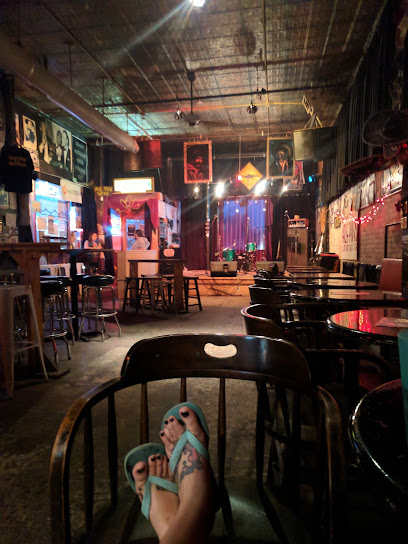
Kilter Brewing Co.
1.1 km
Discover Kilter Brewing Co. in Winnipeg for an unforgettable craft beer experience amidst a lively and welcoming atmosphere.

Club 200
1.2 km
Discover Club 200, Winnipeg's premier gay nightclub offering vibrant nightlife, delicious food, and unforgettable entertainment experiences.

Fame Nightclub
1.3 km
Experience the vibrant nightlife at Fame Nightclub, Winnipeg's premier gay bar and nightclub, known for its inclusive atmosphere and exciting entertainment.
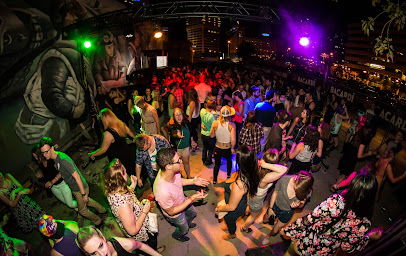
Garrick Hotel Bar
1.3 km
Experience the vibrant atmosphere and rich history of the Garrick Hotel Bar, a must-visit destination for beer lovers and social butterflies in Winnipeg.

LOCAL Public Eatery Garry St
1.3 km
Discover the vibrant culinary scene of Winnipeg at LOCAL Public Eatery Garry St, where fresh ingredients meet a lively atmosphere.
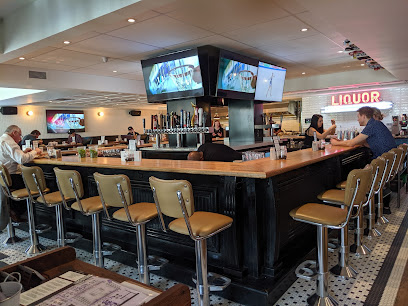
Darling Bar
1.3 km
Discover Winnipeg's Darling Bar, a cocktail oasis in the heart of downtown, offering innovative drinks and a vibrant nightlife experience.
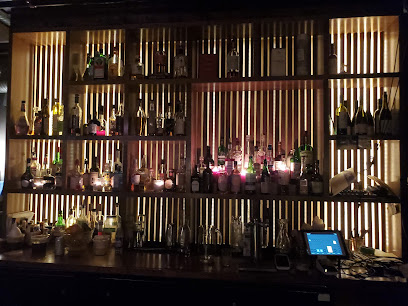
Wee Johnny's Irish Pub
1.4 km
Dive into authentic Irish culture at Wee Johnny's Irish Pub, where hearty meals and laughter await in the heart of Winnipeg.
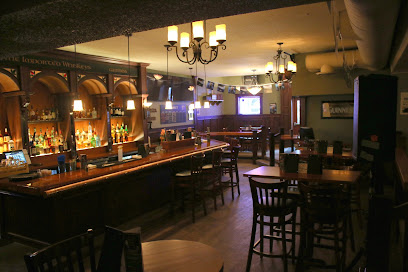
Patent 5 Distillery and Tasting Room
1.4 km
Discover the art of distillation and indulge in handcrafted spirits at Patent 5 Distillery, Winnipeg's premier destination for craft liquors.
